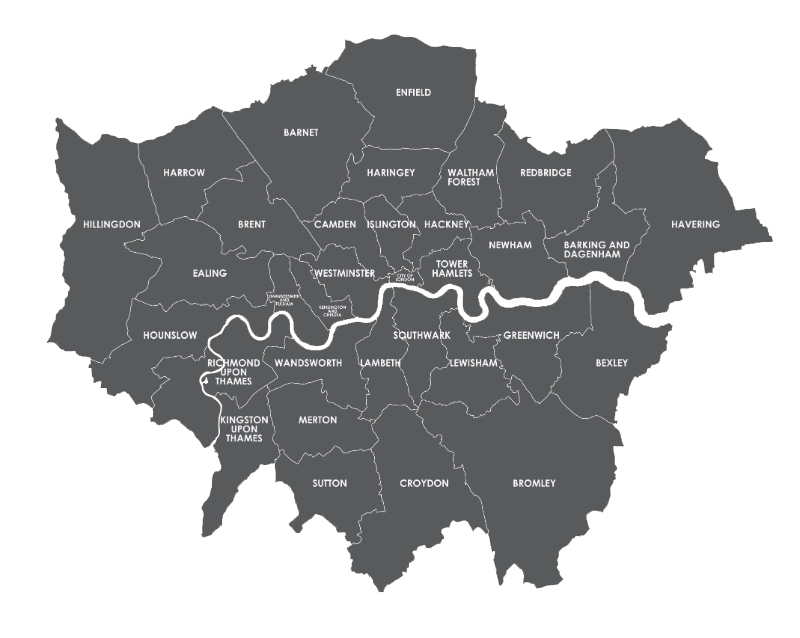Our Treatment Methods
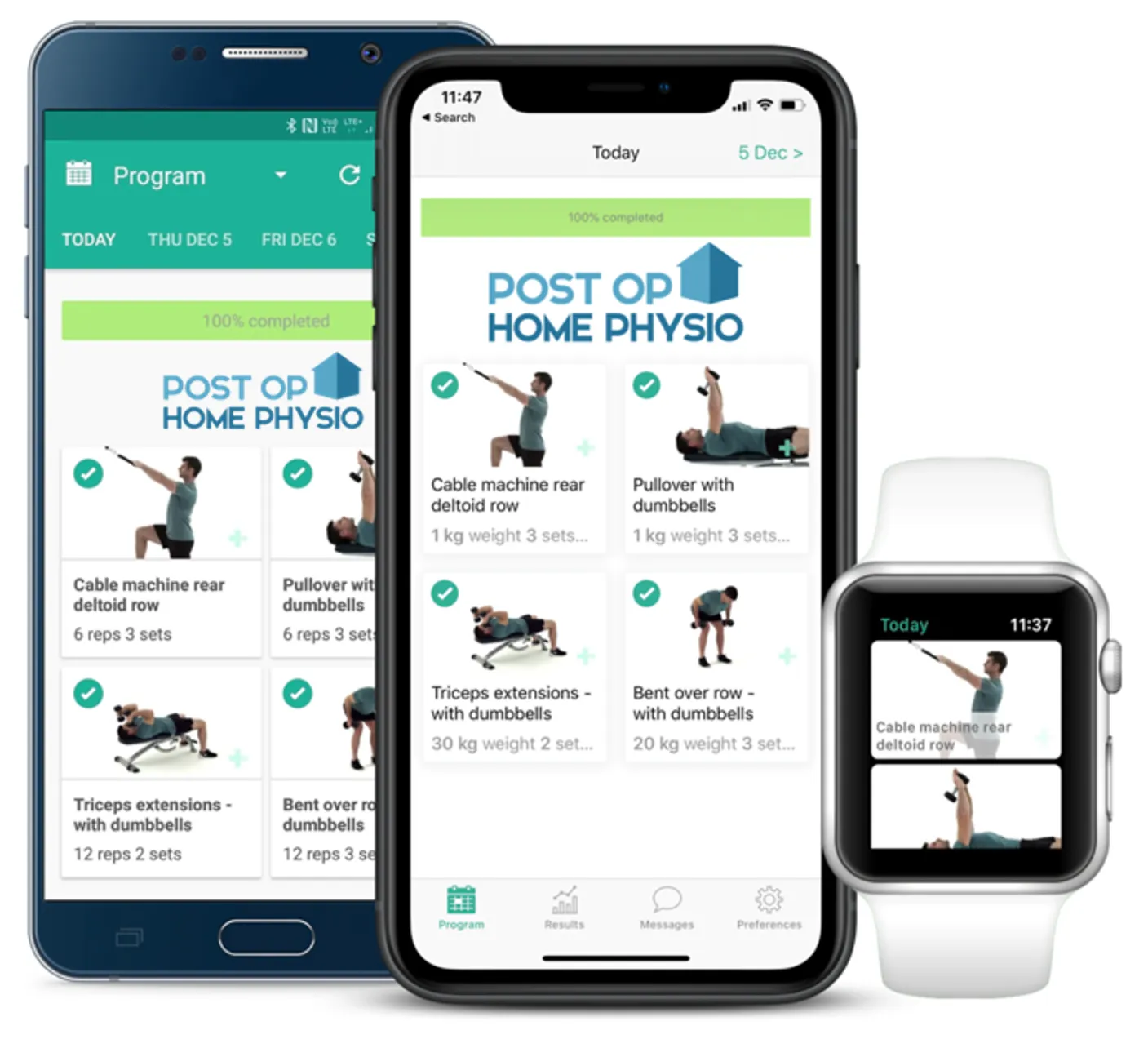
Exercise Prescription
Post Op Home Physio is partnered with PhysiApp for your home exercise programme
PhysiApp, your free recovery companion, offers crystal-clear exercise guidance through professionally narrated videos. Stay on track with in-app and email reminders and enjoy versatile viewing on larger screens with AirPlay and Chromecast. Access clinically supervised exercises anytime, anywhere, across multiple platforms, including browsers and iOS/Android apps.
PhysiApp not only tracks your progress in real-time but also enables direct communication with your physiotherapist, ensuring personalised support throughout your recovery journey. Your PhysiApp home exercise programme will be updated with appropriate exercise progressions after each session.
Cryotherapy And Compression
Cryotherapy, facilitated by our advanced Physiolab machine, involves the application of targeted cold therapy to reduce inflammation and promote faster recovery. This therapeutic cold treatment helps alleviate pain and swelling, aiding in the healing process post-surgery. Compression therapy, also integrated into the Physiolab machine, utilises controlled pressure to enhance blood circulation and reduce swelling. This dynamic combination of cryotherapy and compression offers a comprehensive approach to accelerate your recovery, providing effective relief and support for your post-operative physiotherapy journey.
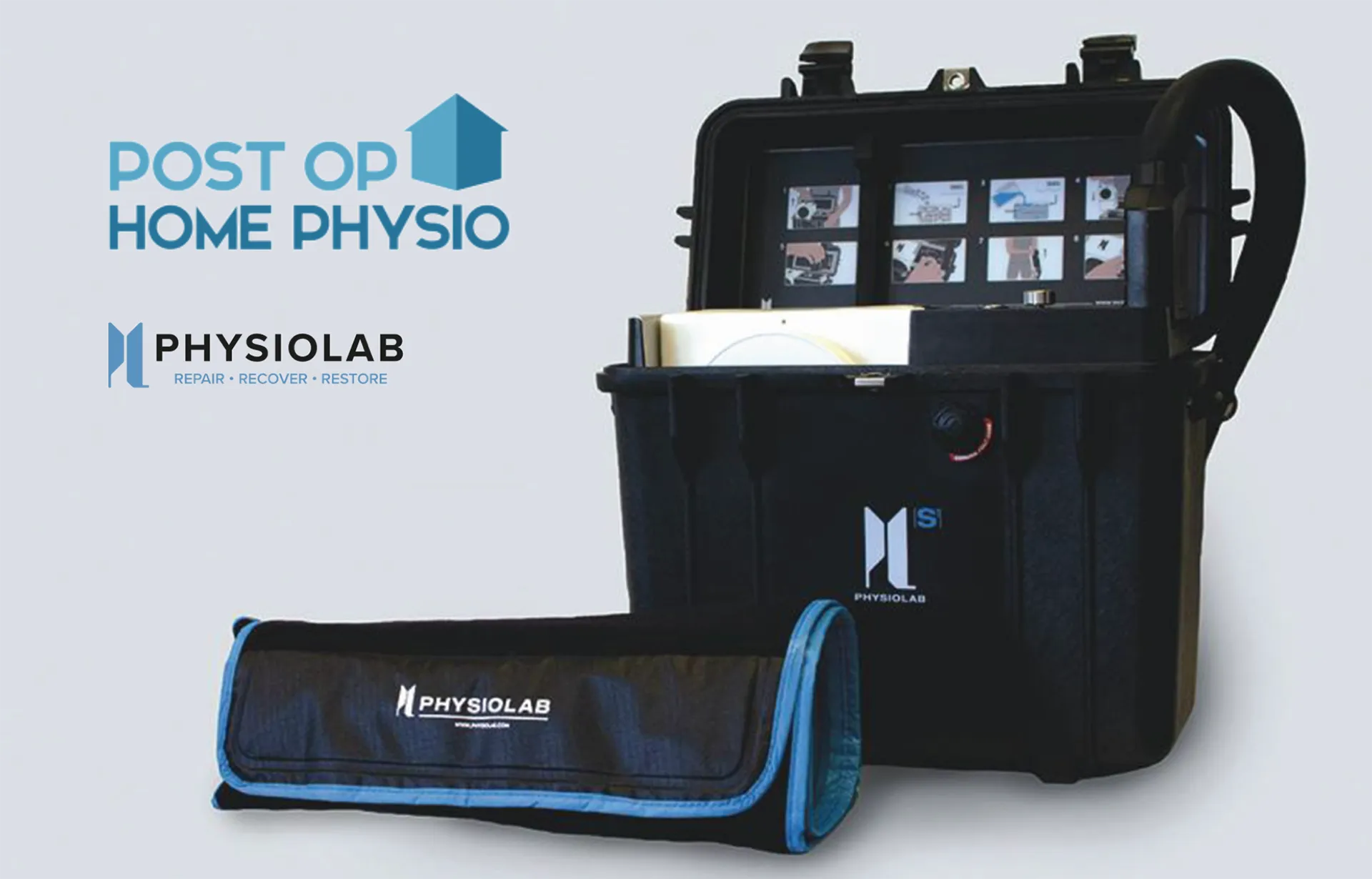
Benefits
Benefits of cryotherapy and compression together
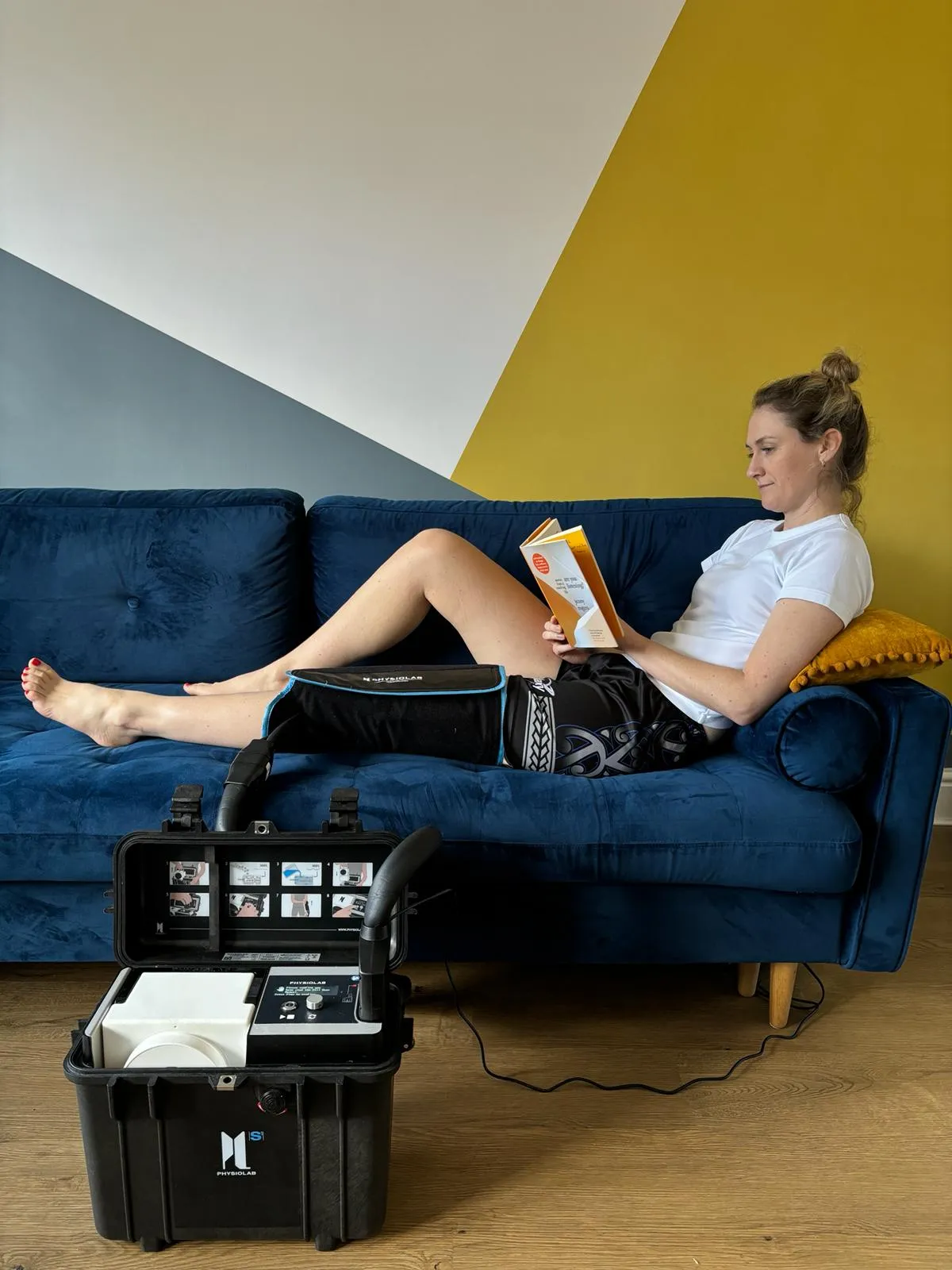
Accelerated Recovery
Combining cryotherapy with compression can expedite the recovery process by reducing inflammation and promoting optimal blood flow to the affected areas.
Pain Management
The cold temperatures from cryotherapy can numb nerve endings, providing immediate pain relief. Compression further aids in pain management by stabilising and supporting the operated area
Reducing Swelling
Compression helps minimise swelling by preventing the build-up of excess fluid in the tissues, while cryotherapy constricts blood vessels, reducing blood flow to the affected area and decreasing swelling
Enhanced Circulation
Contact us to book a 4-week rental of a cryotherapy and compression device.
Soft Tissue Massage
We offer soft tissue massage as a standard part of our treatments. Pain usually follows surgery: soft tissue massage can significantly minimise your discomfort. This is because it increases the blood flow vital to your body’s healing processes. Essential nutrients and oxygen reach the surgical site, speeding up tissue repair.
It will improve the flexibility of your joints as well as overall movement. Massage will also help with lymphatic drainage, countering the build-up of swelling, one of the main causes of pain.
Many clients tell us that massage helps relaxation, soothing the mind as well as the body – a critical part of post-operative recovery.
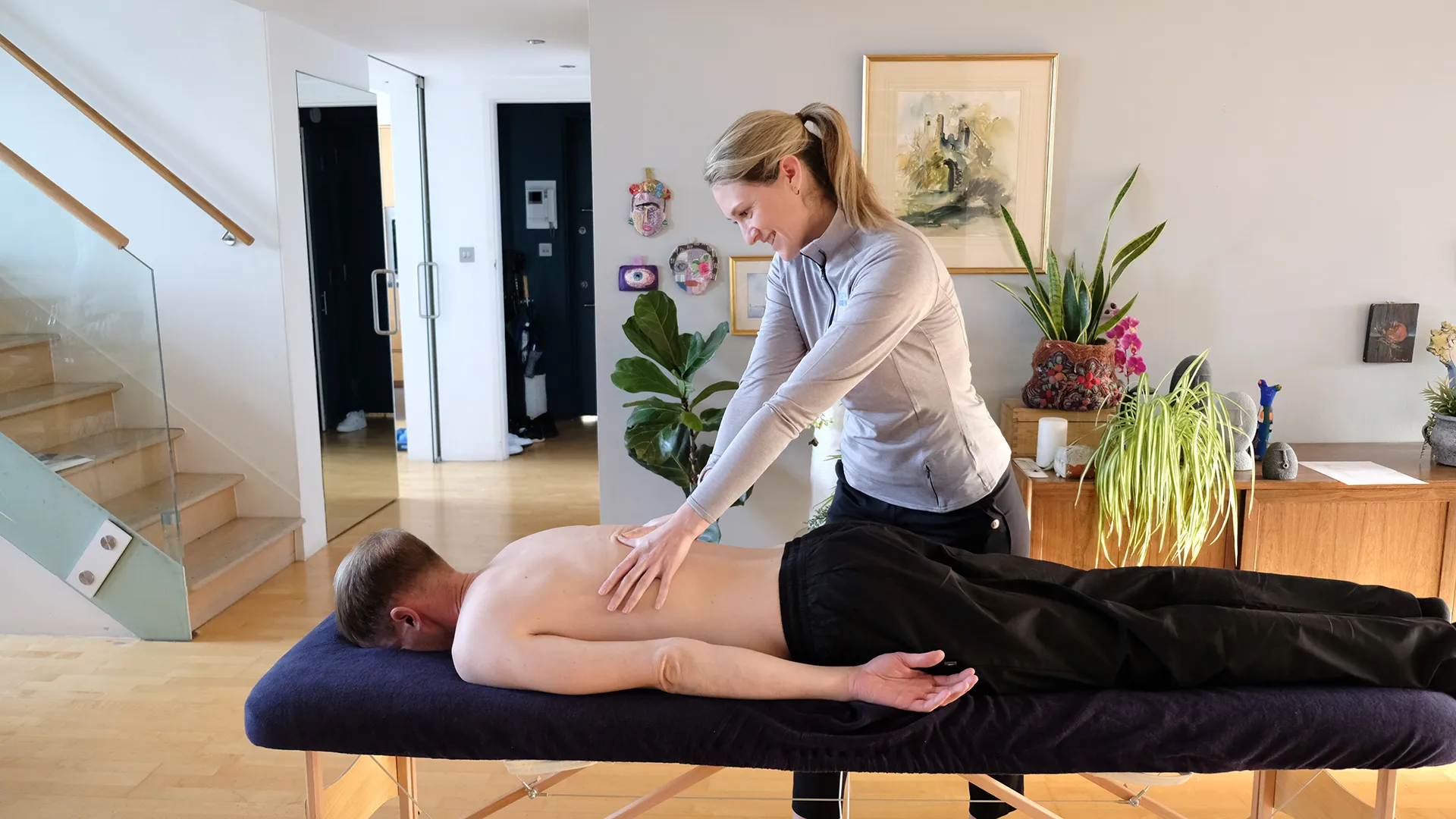
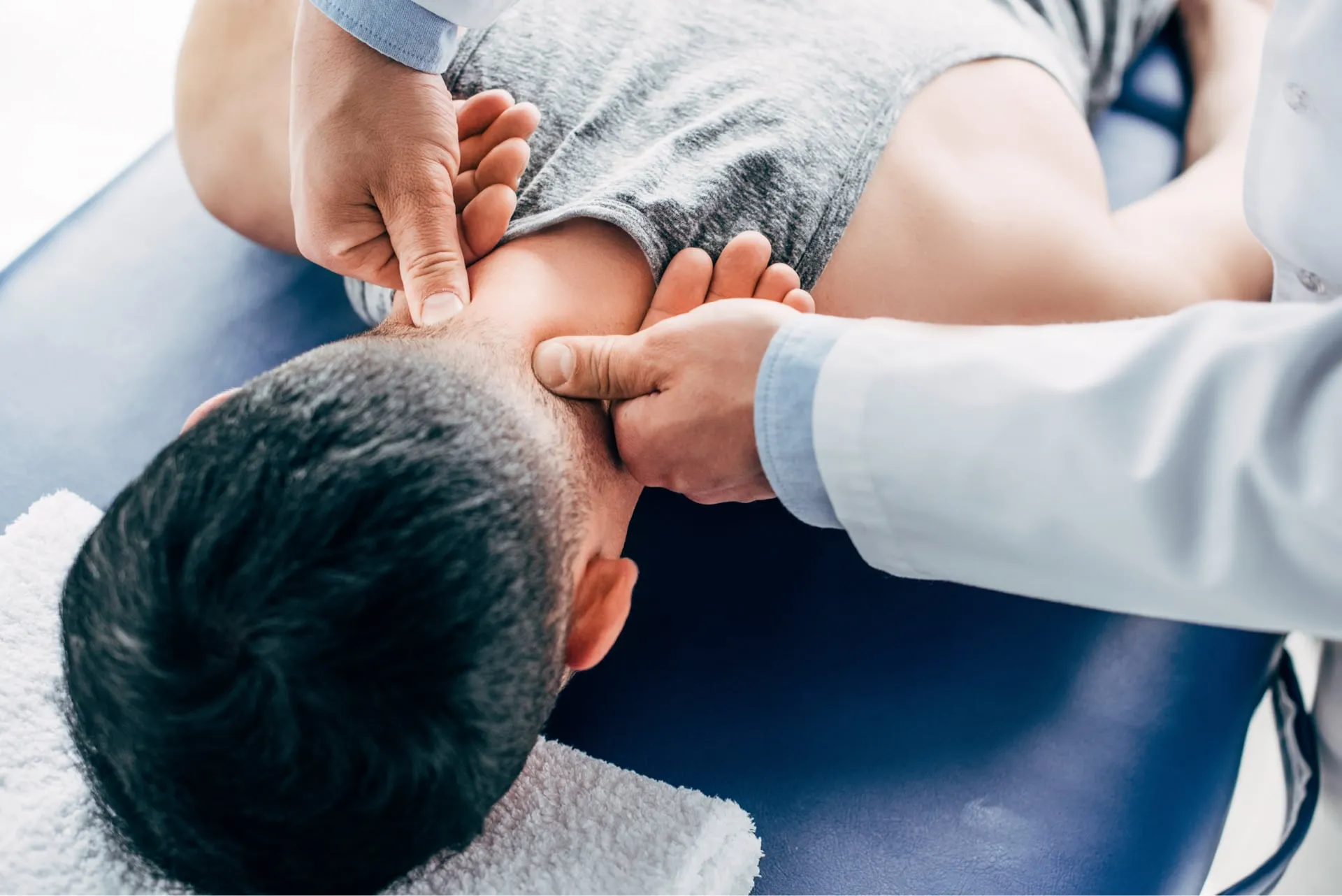
Joint Mobilisation and Manipulation
Enhancing Post-Operative Recovery with Joint Mobilisations
One of the key elements in our specialised treatment plans is joint mobilisation and manipulation, a therapeutic technique designed to improve joint range of motion and enhance overall recovery.
Joint mobilisations involve skilled hands-on movements applied to a specific joint to restore its optimal function and movement. This technique is particularly beneficial for individuals recovering from surgery, as it helps address post-operative stiffness, reduce pain, and promote better joint flexibility.
Guide
Advice and Education
Comprehensive Guidance
Personalised Care Plans
Education to empower
Accessible Resources
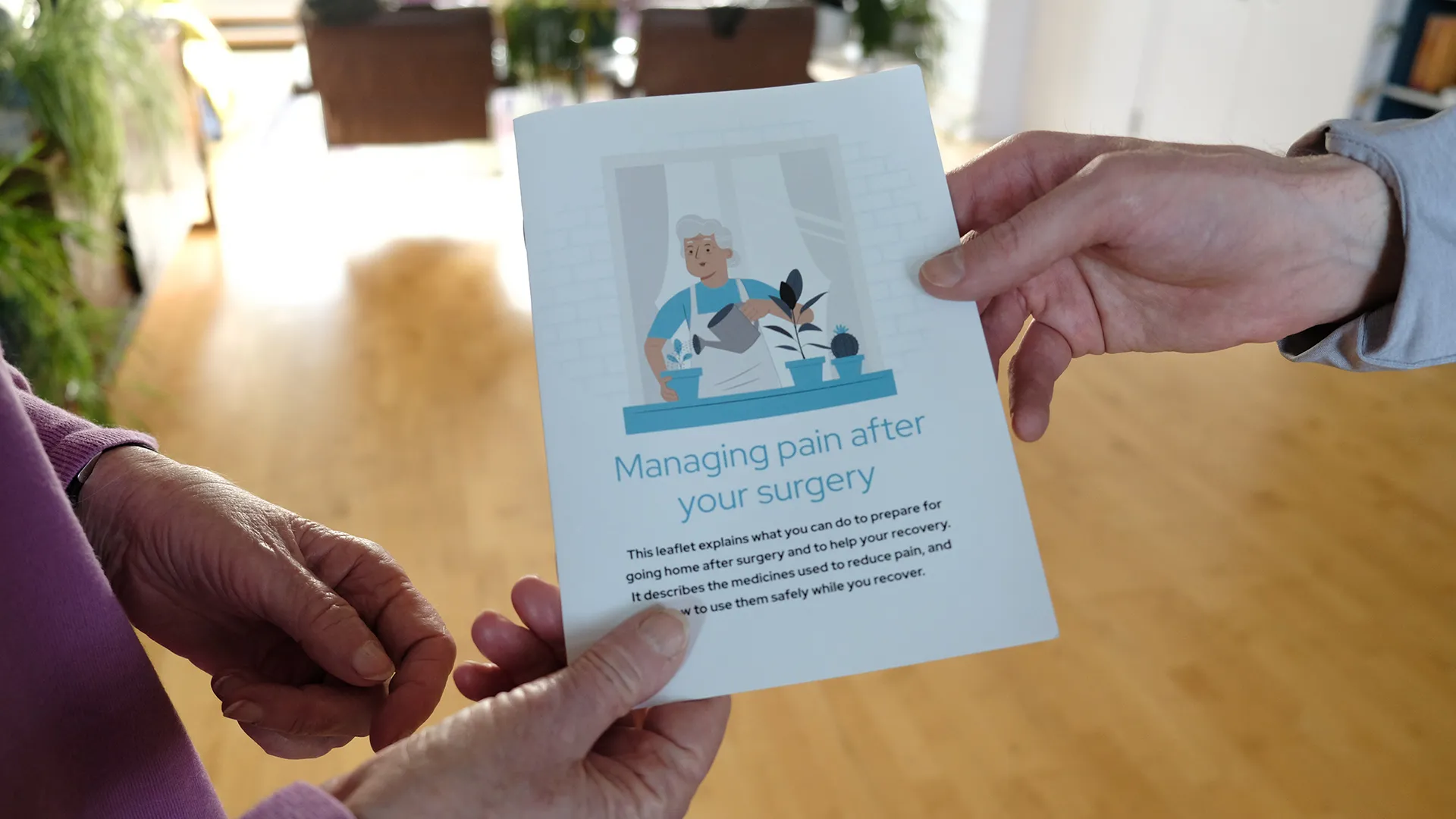
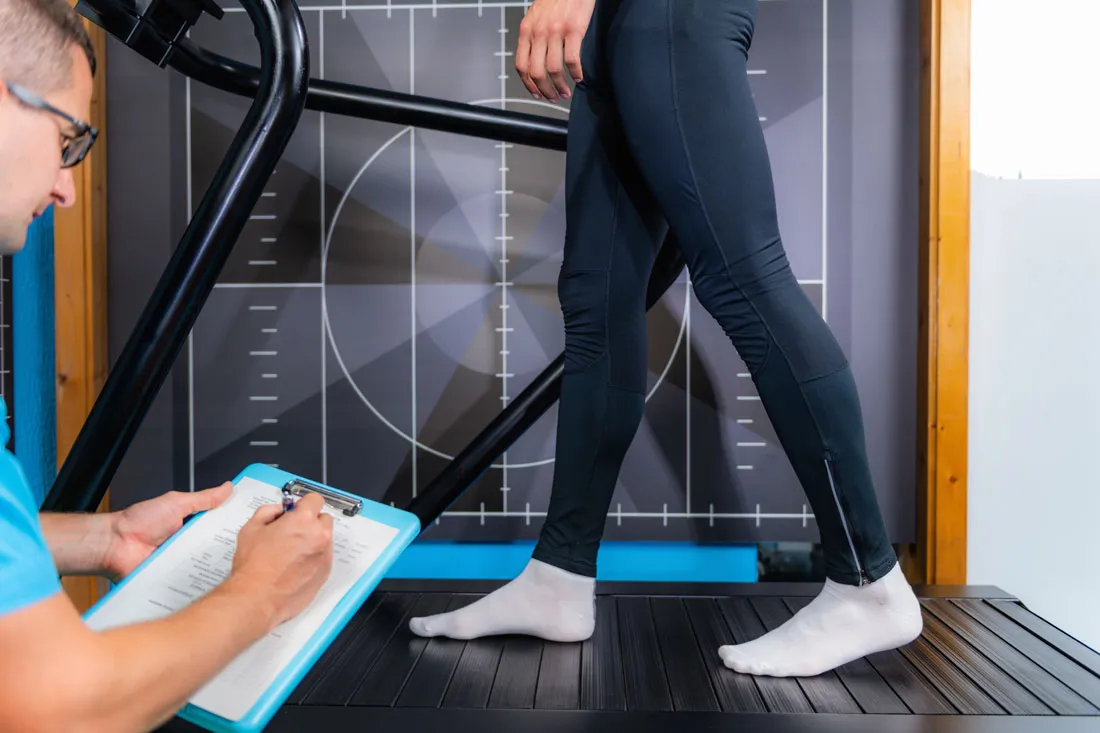
Gait – Improving How You Walk
Perhaps you have had an ankle fracture, a hip or knee replacement or spinal surgery. Your gait (your style of walking) will probably have been affected before the surgery, for instance you may have developed a lopsided way of walking, leaning more on one leg than the other as a way of avoiding pain. There may be muscles you have underused for the same reason. Short term these habits can seem helpful, but if they persist, they can create problems of imbalance elsewhere in your body. After surgery you will for certain need help from walking aids, even if only briefly.
We start by assessing your gait and then working with you on how to restore a balanced way of walking. We will help you decide when to move from two crutches to one, when to progress from partial weight bearing to full weight bearing and how to deal safely and easily with stairs. We will also advise on when you might move from indoors to outdoors in carefully managed stages. Much of this is about setting goals that are safe and that are also challenging without being overwhelming.
Balance
Surgery can interfere with your sense of balance making you more liable to fall. Proprioception is the key idea here. It means your body’s ability to sense position: where you are in that space at any one moment. Surgery may disrupt the signals that your muscles and tendons send to your brain in a ‘feedback loop’. Having this feedback loop in good condition is vital for safe movement. Physio can make a big difference here, not least by restoring your confidence as part of the process of accelerating recovery.
Balance exercises can be a major help in reducing your risk of falling. They do this by improving communication between your nervous system and your muscles, showing you how to recover your spatial awareness. These exercises also reduce the anxiety that can follow surgery where you may avoid movement out of fear of falling or of causing harm. Your physio will show you how to strengthen the muscles around your joints in a way that addresses muscle imbalances – for instance muscles that have been underused during the pre or post operative period.
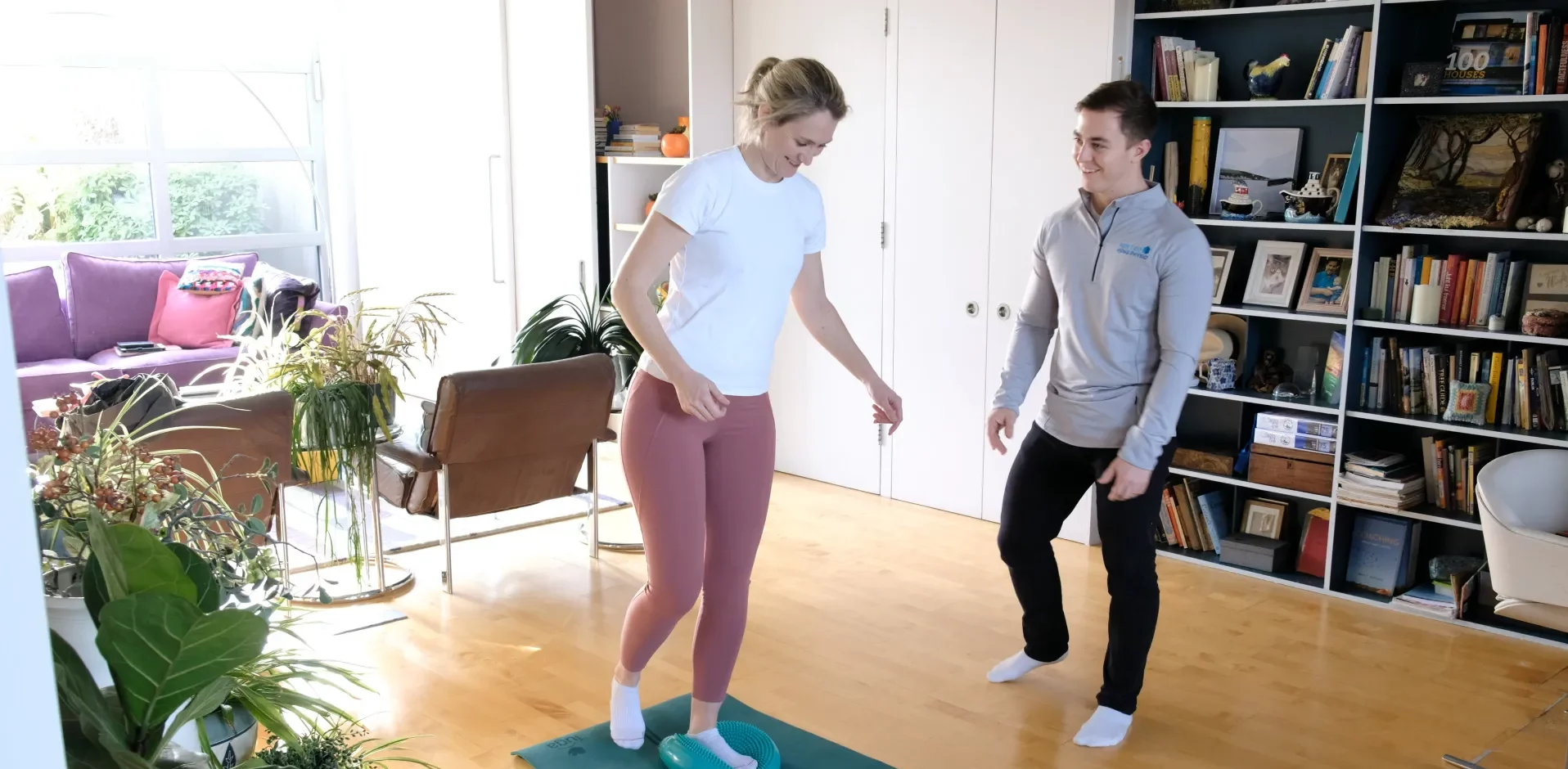
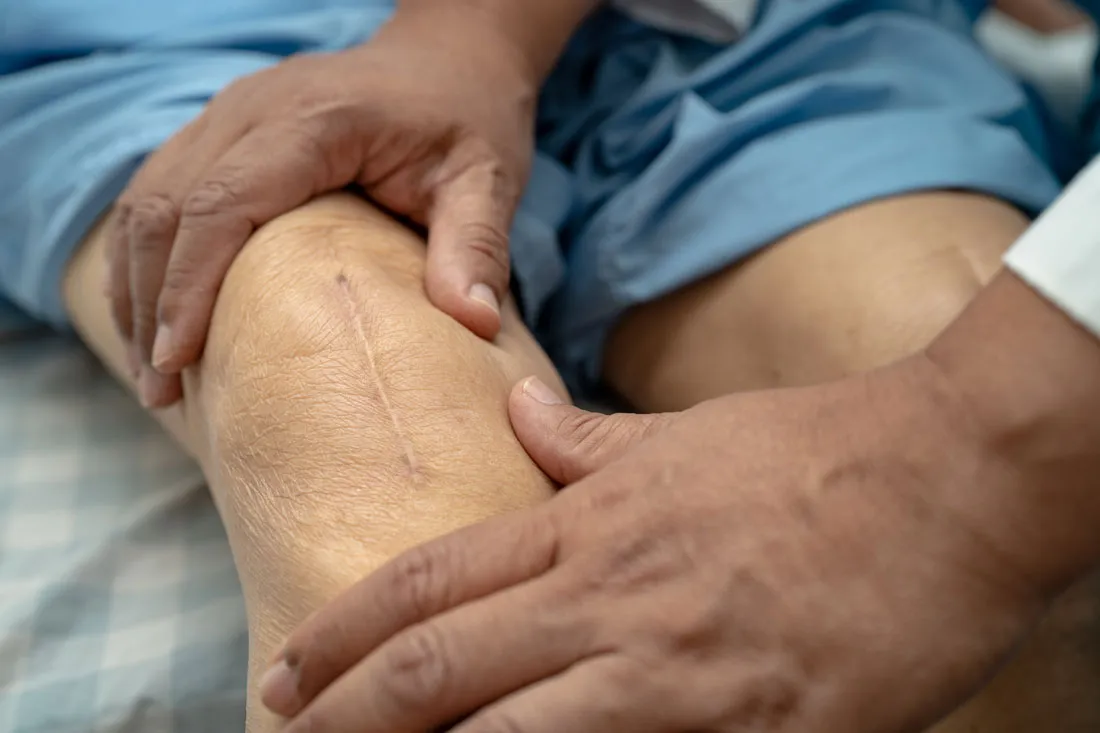
Scar Therapy
Treating your post-surgical scar
We find that many of our clients appreciate the specialised attention we give to scars. A scar is more than just that line you see on the surface. Your body’s natural healing process produces collagen to repair the deeper tissues. If this is not well managed, in the longer term it can reduce flexibility and restrict movement. You may also want to minimise the visual impact of the scar: we can help here too. Scar therapy integrates seamlessly with the rest of your rehabilitation programme.


